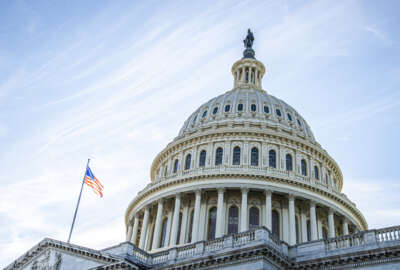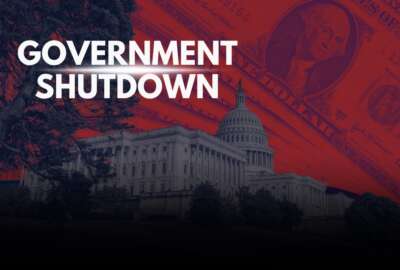Automatic enrollment in TSP starts next week
The process starts next week, and Tom Trabucco of the Federal Retirement Thrift Investment Board tells DorobekInsider all you need to know when the change happens.
wfedstaff | June 3, 2015 9:09 am
Automatic enrollment for the Thrift Savings Plan starts next week — so what do you need to know?
Tom Trabucco is director of external affairs at the Federal Retirement Thrift Investment Board and says this is a big change from the status quo.
“Currently, when you’re employed by the federal government, you’re given the opportunity to sign up in the TSP. What this approach does is automatically enroll you in the TSP unless you opt out.”
He adds that this is one more part of the overall TSP makeover. (Federal News Radio told you about another part of that process — the new website — last week.)
There used to be a waiting period for new hires before they could invest at all. This was eliminated last year under the Thrift Savings Plan Enhancement Act.
A few months ago, the process changed and new hires were eligible immediately to get employer contributions. Now, with automatic enrollment, they will start their federal careers with full access to the TSP.
“When you come into the government, you’re automatically enrolled at a 3 percent contribution rate. It’s dollar for dollar for the first 3 percent. The law does give us authority to raise that to make it as high as 5 percent . . . or even to cut it back to as low as 2 percent, if we get a sense that that would work better for participants.”
He says the Board initially proposed that the contributions go into an age-appropriate L fund, but Congress didn’t find this appropriate when the idea was first circulated on Capitol Hill in 2007.
As it stands, automatic enrollment puts the investments in the G fund.
Trabucco reminds everyone that federal employees who were hired before August 1 of this year are not automatically enrolled and still need to handle the process on their own.
“This really just means that you’ll have more company. In all of the private sector plans where it has been implemented . . . this automatic enrollment has shown that it advances participation significantly. Right now we have about 400,000 participants who are eligible to contribute but are not contributing. That number will not go down overnight, because this is being implemented over time . . . but it will eventually drive that number significantly lower.”
Having more people participate is beneficial for a variety of reasons. More investors means the cost of operating the TSP costs less for each person, and there is always the opt-out option for those who just aren’t interested.
“They can say they do not want to be automatically enrolled [and] get a refund of any contributions that were withheld from their paycheck. [They] will not be able to keep the matching contributions that they picked up. Those will river back to the employer.”
Trabucco does remind young investors, though, about the fact that the interest does compound over time, which means that the more money one puts in at the beginning has more time to grow over time.
Automatic enrollment starts Aug. 1.
Email the author of this post at dramienski@federalnewsradio.com
Copyright © 2024 Federal News Network. All rights reserved. This website is not intended for users located within the European Economic Area.





